Camping Games for Your Next Offroad Adventure
When camp has been made during your next overland adventure you might want to have a little fun or friendly competition with the friends or family you’ve brought along. Sure, we’ve grown up playing I Spy, 20 Questions, Truth or Dare, and telling ghost stories around the campfire, but with new outdoor games hitting the market every year it’s easy to spice up your next camping trip.
Below are a few active, fun, and thought-provoking camping games that will bring any group together and keep screen time at bay. Most don’t take up a lot of space to haul off-road and are easy to set up. Give them a go!
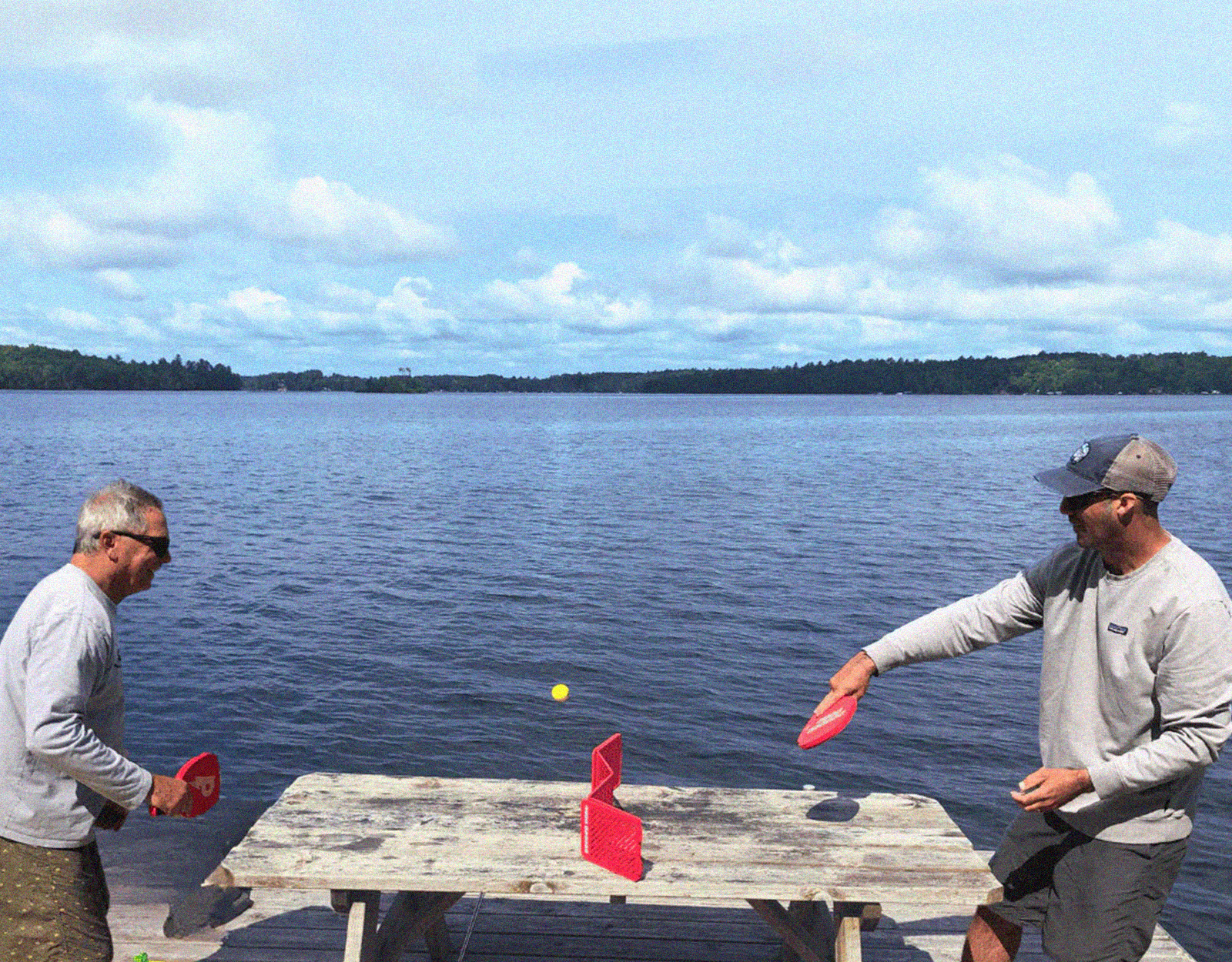
Pepper Pong
Pepper Pong is a new portable game that blends the best parts of pickleball with indoor table tennis. Even better than pickleball or ping pong is that it’s quiet and easy to learn. This game was designed by the same product engineers as Spikeball and can be played on any flat surface, such as a picnic table, a bench, or even the hood of a car. It was named “Best Game of 2023” by BestProducts.com.
Using a free-standing fence (aka. “the net”), players use specially designed mullets (aka. “paddles”) to hit a uniquely designed foam ball over the fence to score points. There are three levels of “spiciness” one can play depending on which color ball is used (red, yellow, and green). The green ball is the softest and for the slowest gameplay. The yellow is medium, and the red ball is the hardest for the fastest gameplay. The learning curve is low enough that anyone, at any skill level, can play.
Spikeball
Chances are that since 2008, when this game launched, you’ve seen couples and groups running around barefoot and diving in the grass playing Spikeball. Whether in city parks, on college campuses, or at campgrounds, Spikeball has become a very popular outdoor activity.
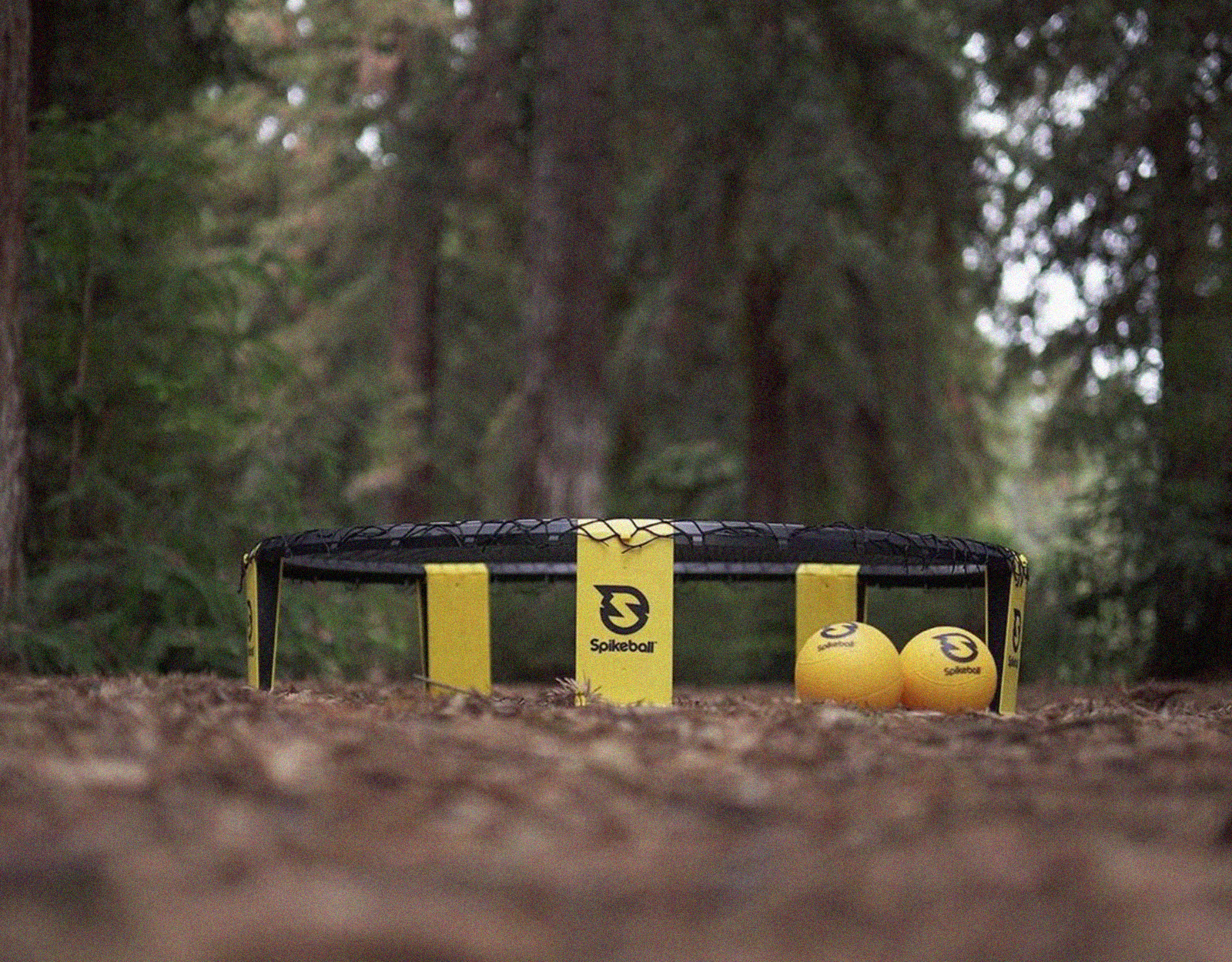
Spikeball is now available in multiple versions, from the budget-friendly Weekender Kit to the “Let’s Take This Seriously” Mammoth Kit. The game’s website offers a SpikeSchool with videos so you can improve any part of your game and even a rating system to help you track your improvement. This game has become so established that Roundnet Tournaments happen all around the country.
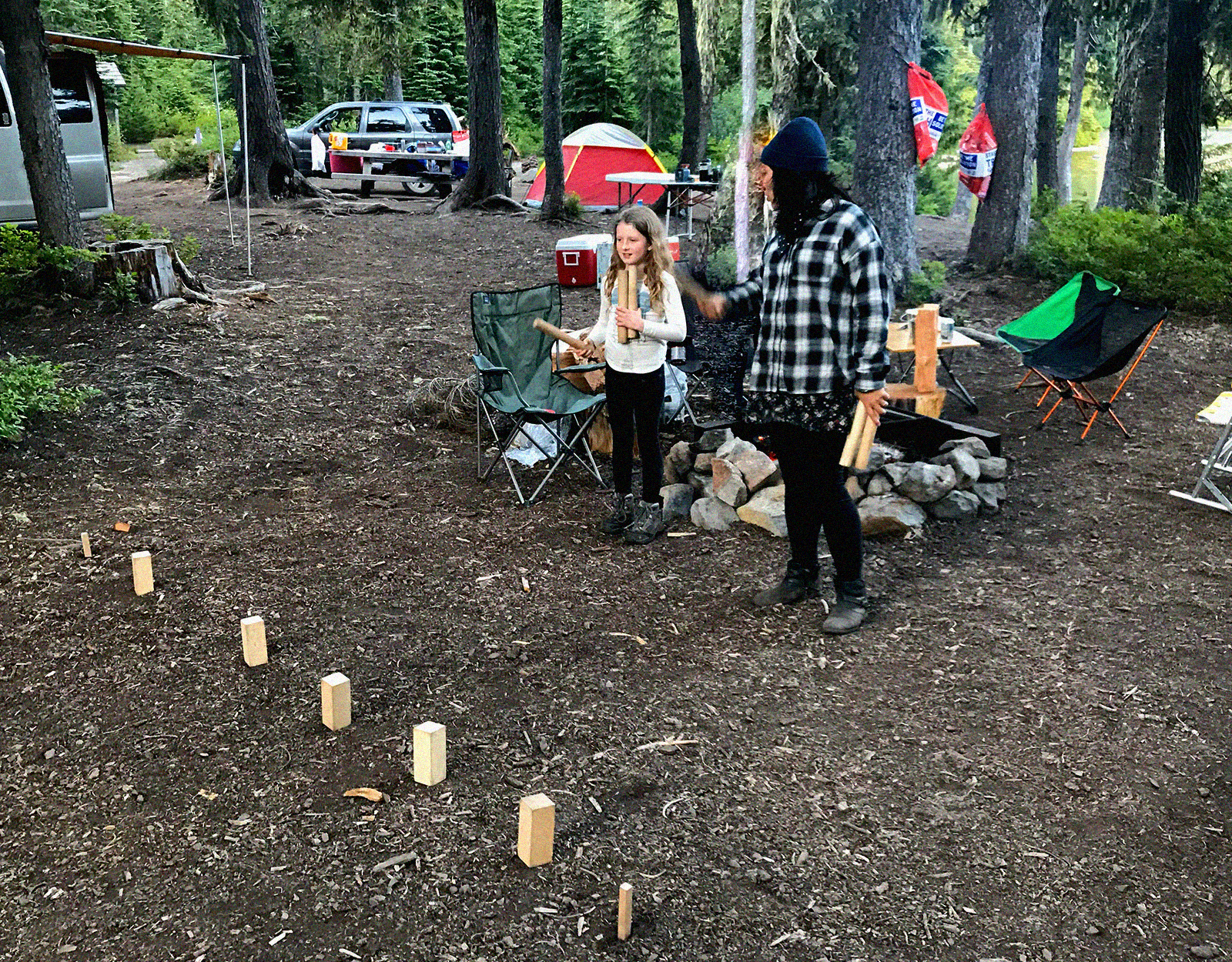
Kubb
With roots in the 19th-century Swedish game kägelkrig, Kubb (Swedish pronunciation: [kɵbː]) is a pin-toppling game akin to skittles and bowling. Played with wooden, rectangular blocks (aka. “kubbs”), a larger “king” block, batons, and field-marking pins, the basic objective of the game is to knock over an opponent’s (or opposing team’s) kubbs by throwing the batons, followed by knocking over their king, before they knock over your kubbs and king. Kubbs that are knocked over during the course of the game come into play as field kubbs.
If Kubb becomes your thing, the Kubb World Championship takes place at the same time as “Medieval Week” in Visby, Sweden.
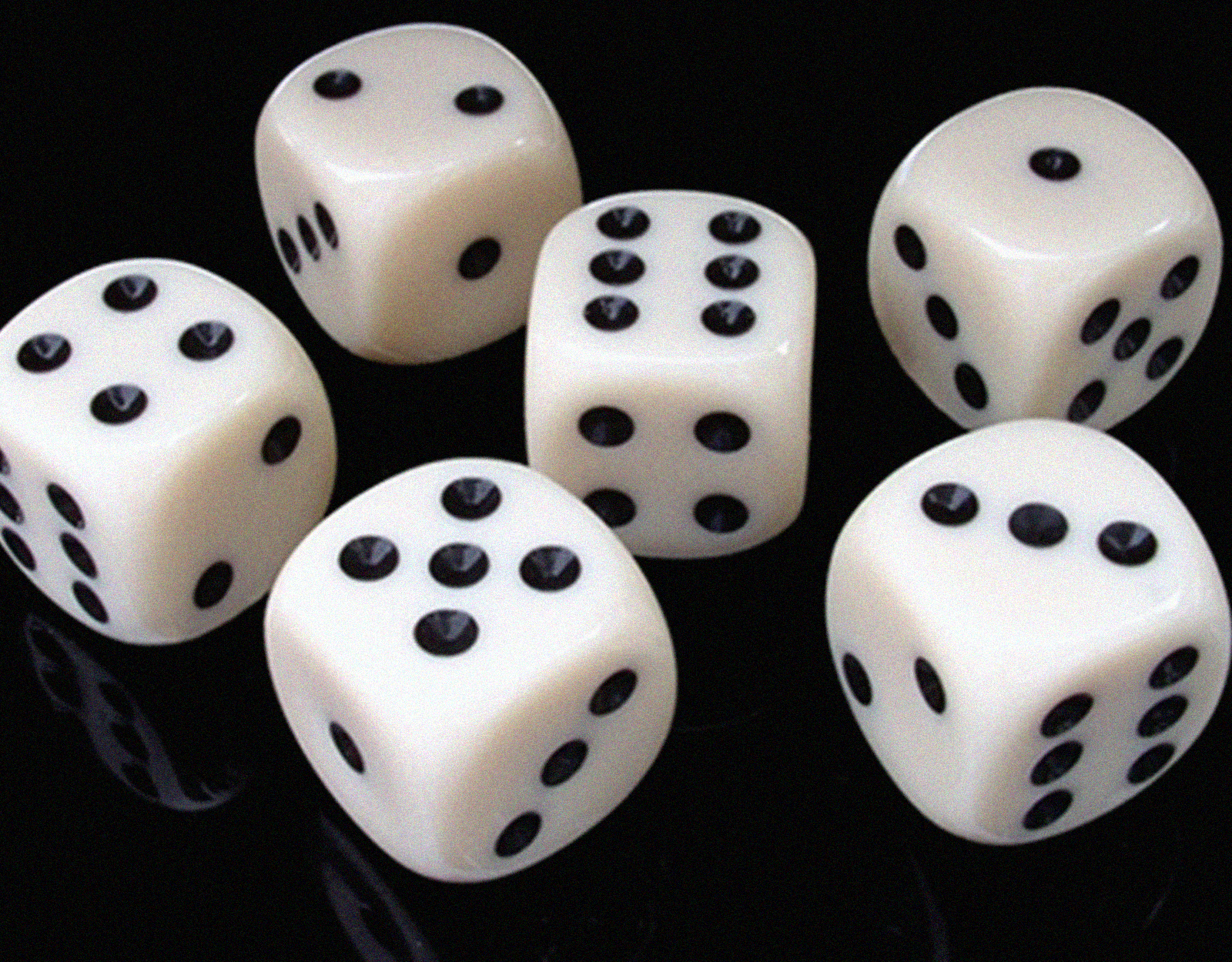
Farkle
Everyone should know a dice game or two. Farkle has been rolling since at least the mid-1980s. Played by two or more players (there’s really no limit to how many can play), you’ll need six dice and a scoresheet. Farkle devotees probably carry their own personal set of dice.
Each player rolls in succession, trying to score points on each turn. The game typically ends when someone hits 10,000. Basic gameplay is as follows:
- Player 1 rolls all six dice.
- After the throw scoring dice are set aside (scoring outlined here).
- Player 1 can end their turn and keep the score or attempt to throw remaining dice.
- If the player scores with all six dice they can roll another turn and keep adding to their score. There is no limit to the number of times a player may roll in one turn if they continue scoring with all six dice.
- If none of the dice score in any given throw, the player has “farkled” and all points for that turn are lost.
- At the end of the Player 1’s turn, the dice are handed to the next player.
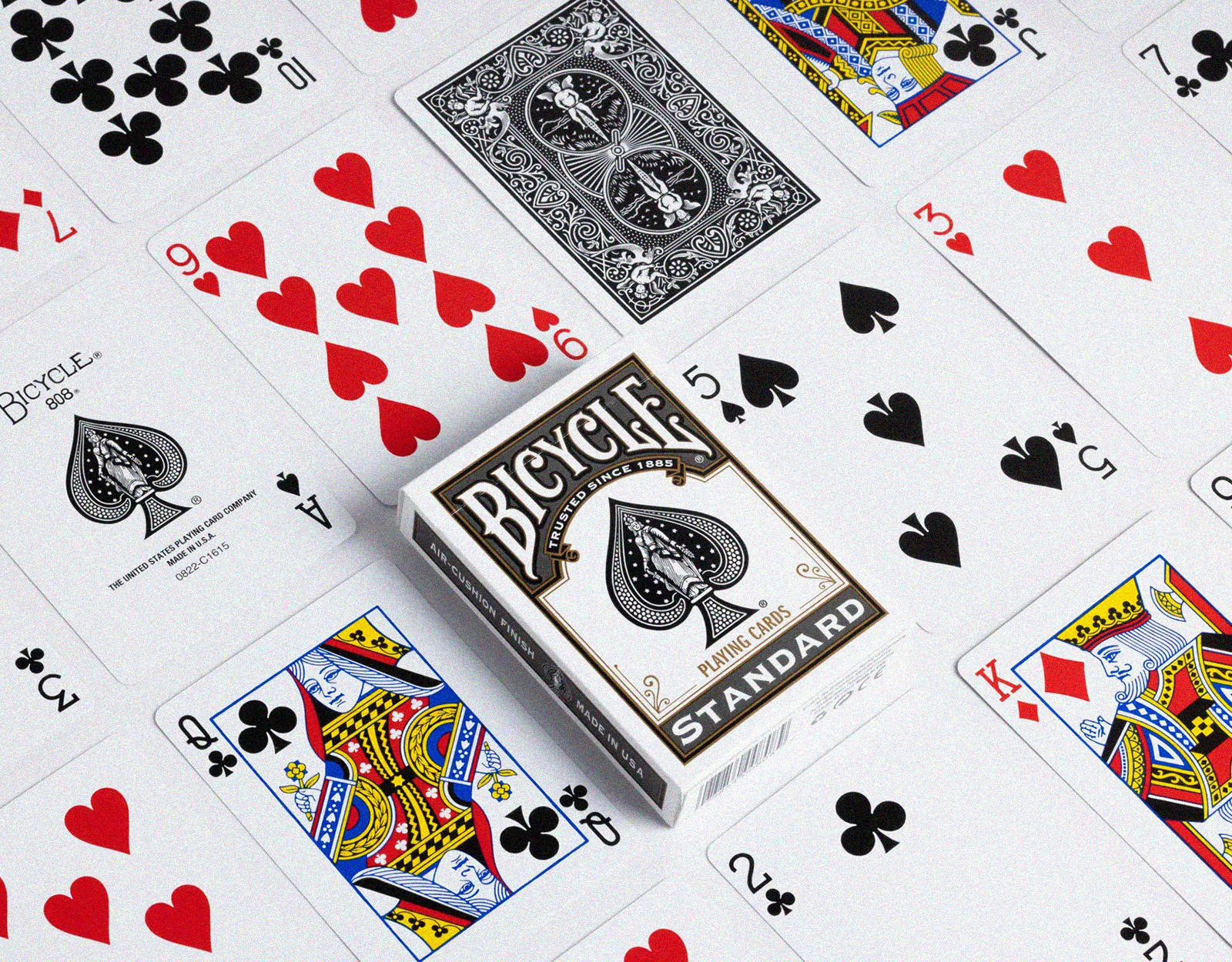
King’s Corner
A deck of playing cards should be part of every camping trip. The International Playing Card Society (IPCS) estimates there are between 1,000-10,000 different card games, depending on what you count as a game. One game my family loves is King’s Corner.
Played with a full deck of cards, it has a similar structure to Solitaire in that it builds piles in descending numerical order but alternating between red and black numbers. It’s a game for 2-4 players.
Each player is dealt seven cards. The remaining deck is placed in the center, with the top four cards being turned over and placed on the four sides of the deck, forming a cross with foundation piles. Play starts to the dealer’s left with that person drawing a card from the center stockpile. If that player can play a card on one of the four exposed cards they must (ie. placing an 8 of spades on a 9 of hearts). If a player holds or draws a King that card is placed in the “corner,” the space created by the cross.
Once a King is played, players may then lay off cards on that pile like any other pile. Players can move an entire foundation pile onto another pile if the bottom card of that recipient pile and the top card of the moving pile creates a valid sequence. The player can then play any card in their hand on that empty foundation pile space.
Once a sequence of cards is complete from King to Ace, that pile is turned over.
A player can make as many plays as he or she is able to in one turn. When that player is finished or cannot go, he or she knocks to signal the end of their turn.
The first player to lay off all of their cards wins. In our family, we keep track of everyone’s individual wins to see who won the most by the end of the year.
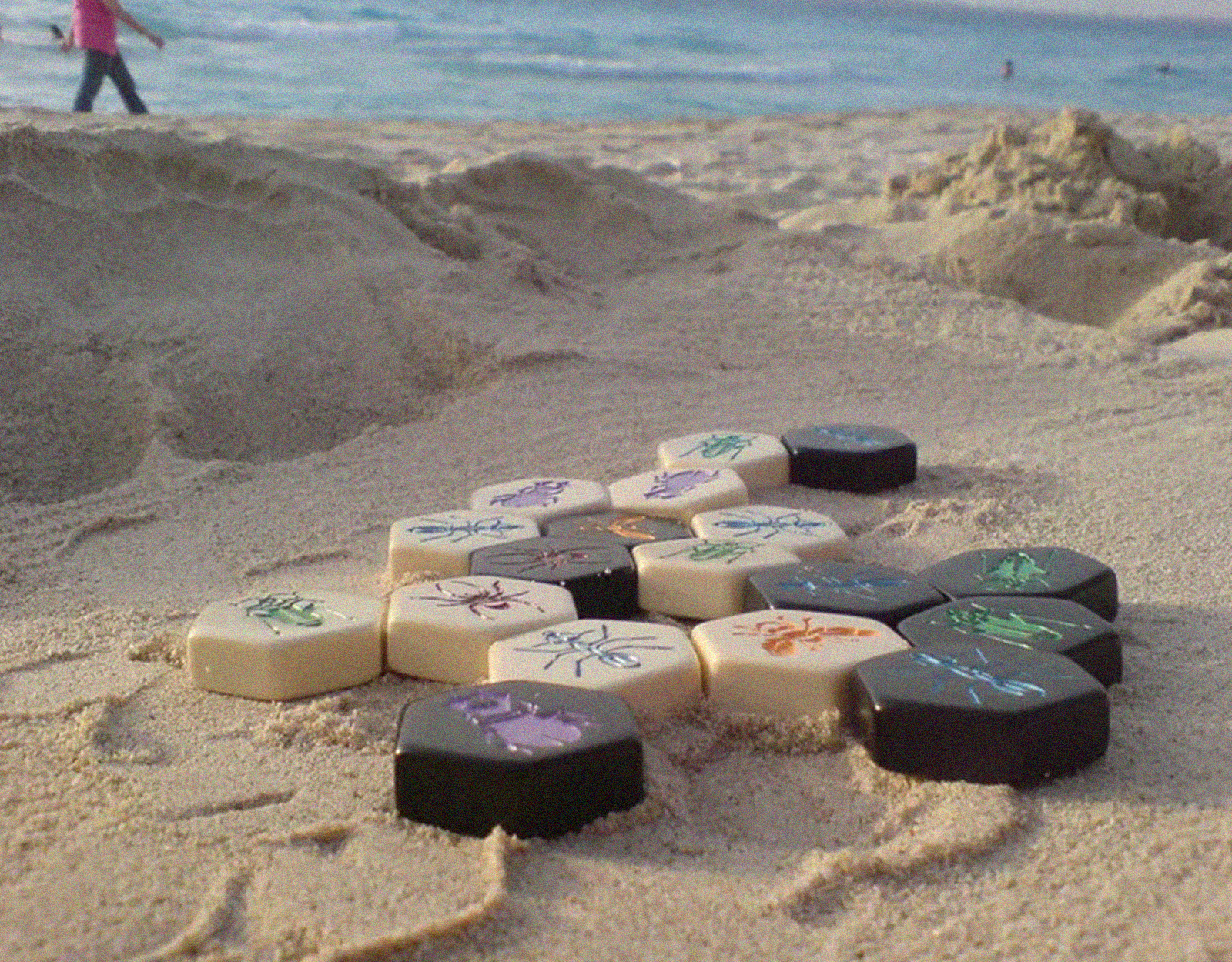
Hive
A couple decades old now, Hive is an abstract strategy game for two players that’s easy to carry and doesn’t require a gameboard. Consisting of tiles denoting bugs (perhaps apropos depending on how buggy your campsite is), the goal is simple: capture your opponent’s Queen Bee before yours gets captured.
The simplicity of the gameplay is one part the fact it can be played on any flat surface in your off-road camper or tent; another part is it’s a head-to-head strategic battle. Like chess, there are strategies to opening moves, changing landscapes that must be calculated, and different pieces have different moves and varying powers. Unlike chess, most games of Hive finish within 10-15 minutes.
Billed as a game for ages 9-99, Hive can create a lot of buzz at camp, especially with some of the newer expansion bugs available (Mosquito, Pillbug, and Ladybug).